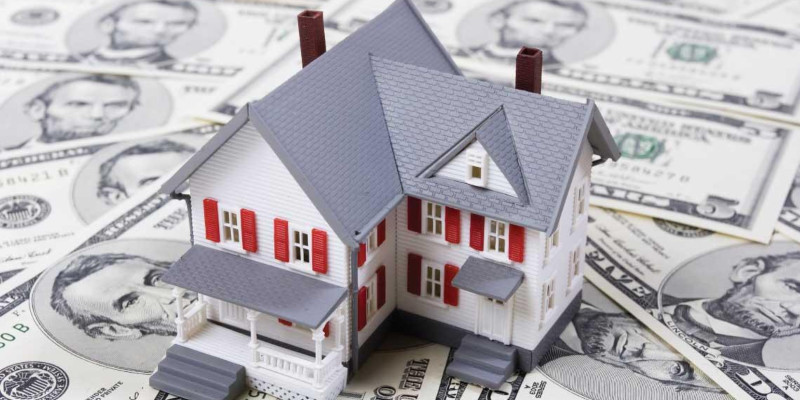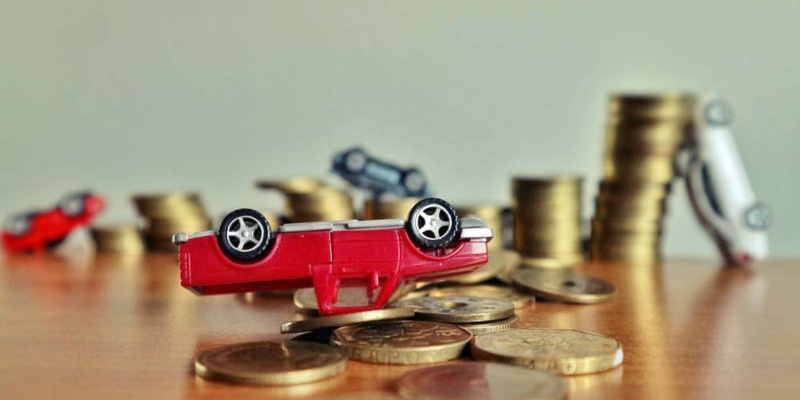What Kind Of Down Payment Is Required For A Car?
Dec 16, 2023 By Susan Kelly
When purchasing a vehicle, the larger the down payment, the better off financially you will be. Lower down payments are an everyday reality for many car buyers. Because of the dramatic increase in the cost of automobiles, many people find themselves unable to save the minimum amount required for a down payment. A 20% down payment in 2021 would be $8,400 due to the nearly $42,000 average new car price. The typical cost of a used vehicle is over $25,000, making the minimum required down payment $2,500. These initial payments might be made in cash, the value of a trade-in, or both. Other people can get auto loans with no or a meagre down payment since they pose little risk to the lender based on their credit history, employment, and financial obligations.
How Much Is Considered Average?
Although many lenders prefer 20% down, this is not usually required when purchasing a vehicle. Conventional knowledge says you should put down approximately 20% of the total amount you plan to finance, but in reality, most consumers only put down about 10%-12%. Research by Edmunds indicated that the average down payment was only 11.7%.
Larger Down Payment Will Result In A Lower Interest Rate

According to Bryce Welker, CPA, owner of CPA Exam Guy, a comparative engine for certified public accountants' study guides, making a sizable down payment of 20% or more will achieve three goals (CPAs). Since you will be financing less money each month, your costs will naturally decrease. Again, you're investing less, which means the lender is putting less risk on you, which translates to a lower interest rate. As you drive off the lot, it'll help soften the blow of new-car depreciation. A more significant down payment can help you qualify for a 0% financing package, for instance, if you don't have an excellent credit score but are otherwise interested in the bargain but couldn't get it without making a larger down payment.
Gain Easier Approval
Similarly, you may qualify for a better interest rate if you have a low credit score but can put down a significant down payment. As a result, "it is feasible that you will get accepted more quickly or be offered a lower interest rate if you are ready to put a higher payment down up front," says Logan Murray, CFP, RICP, EA, a financial planner and tax preparer at Pocket Project, a financial management site. However, the more money you put down, the more likely you are to be approved and eligible for the best prices (though a diligent lender will still consider your credit score).
Reduce Your Monthly Payments
You can lower your monthly payments by paying less interest over the life of the loan and financing a lesser principal amount with a larger down payment.
Upside Down Loans

Depreciation begins the moment you drive your new car off the lot. To a greater extent, the car's depreciation value falls behind the amount still owed on loan. Welker maintains that paying more of the purchase price upfront lessens the chances of being "upside down" on a mortgage. It's possible to have a negative balance in your car even with a small down payment.
Conclusion
The amount of your down payment will be the deciding factor. To assess the impact on your monthly payments of making a larger or smaller down payment, it's a good idea to play around with an auto loan calculator and enter different down loan balances, adjusting upward or downward based on how much you may afford to put down. The standard down payment is 20%, but putting down extra is always preferable. Lenders are more likely to approve borrowers with a down payment of 20% or 25%. You are putting more money down on car benefits in several ways. Not only does it reduce your monthly payment, but it also increases your chances of getting a better bargain and cheaper interest rates.
-
 Investment Dec 08, 2023
Investment Dec 08, 2023Options Trading Survival Guide: Navigating the 7 Critical Mistakes to Ensure Success
Embark on a successful journey in options trading by steering clear of common pitfalls. Learn how to navigate the market, craft effective strategies, and prioritize key principles for sustained success.
-
 Know-how Nov 06, 2023
Know-how Nov 06, 2023DIY Home Improvement Ideas That Add Value
It's possible to improve the value of your property while going into debt or squandering your resources by doing a complete remodel. Painting, re-grouting tile, and power washing outsides your home are inexpensive home upgrades that may significantly impact the value of your property. If you're ready to sell, you may increase the value of your property by putting in some effort, adopting a do-it-yourself mindset, and spending a few bucks.
-
 Know-how Nov 21, 2023
Know-how Nov 21, 2023Renovating Home – 7 Best Tips to Save Some Money
If you are trying to renovate your house on a budget, then you should definitely read this article
-
 Investment Jan 17, 2024
Investment Jan 17, 2024What is the inventory carrying cost?
We will learn in this article about inventory carrying cost. What is it and why it has affects on business.
